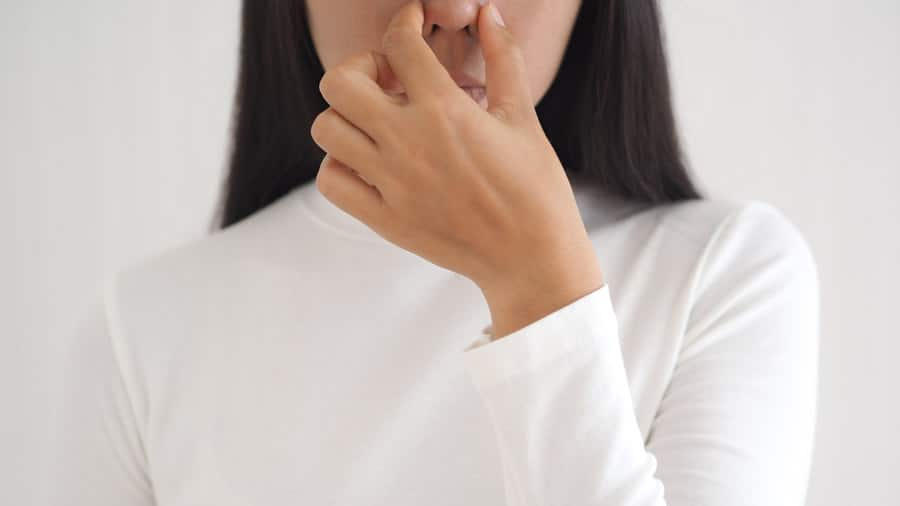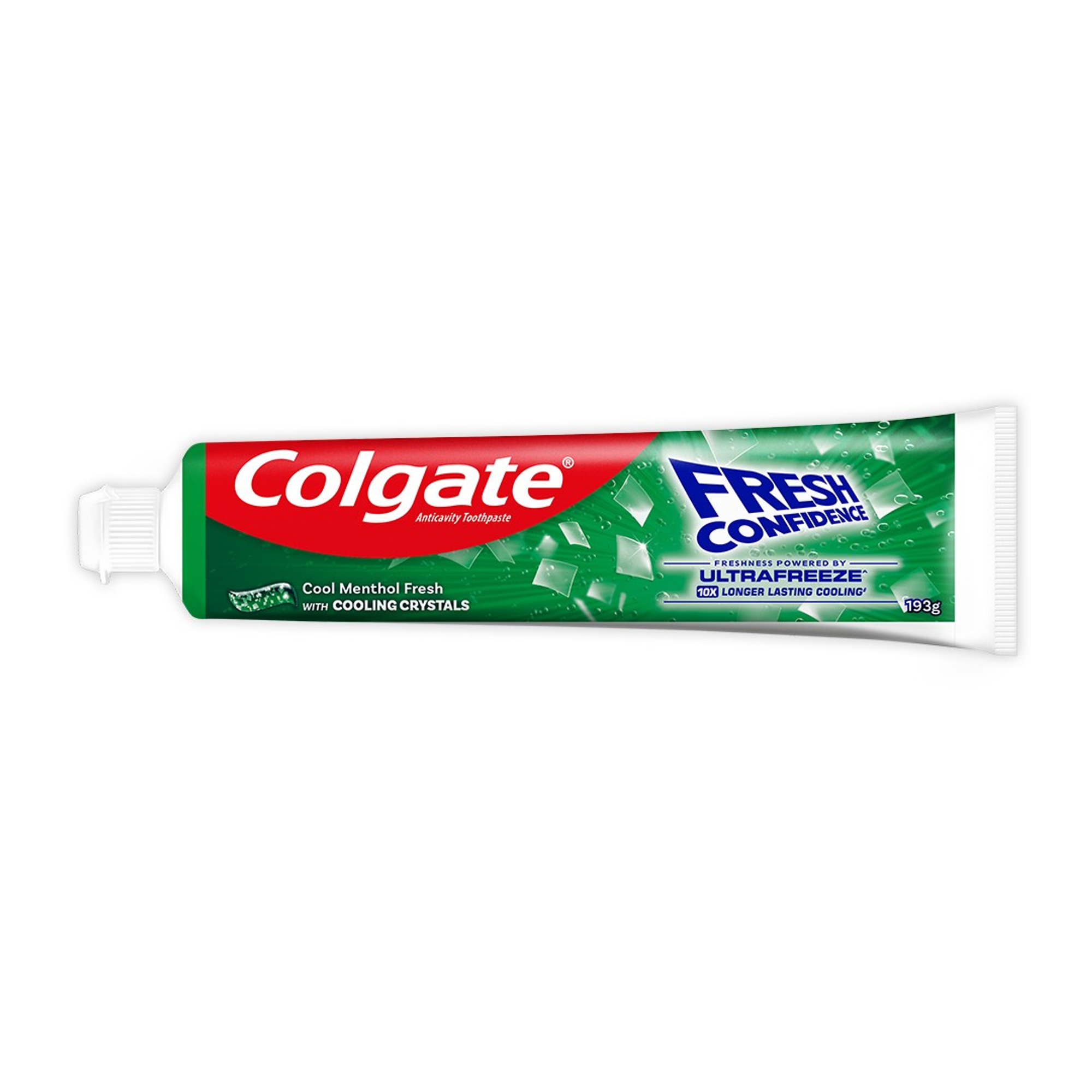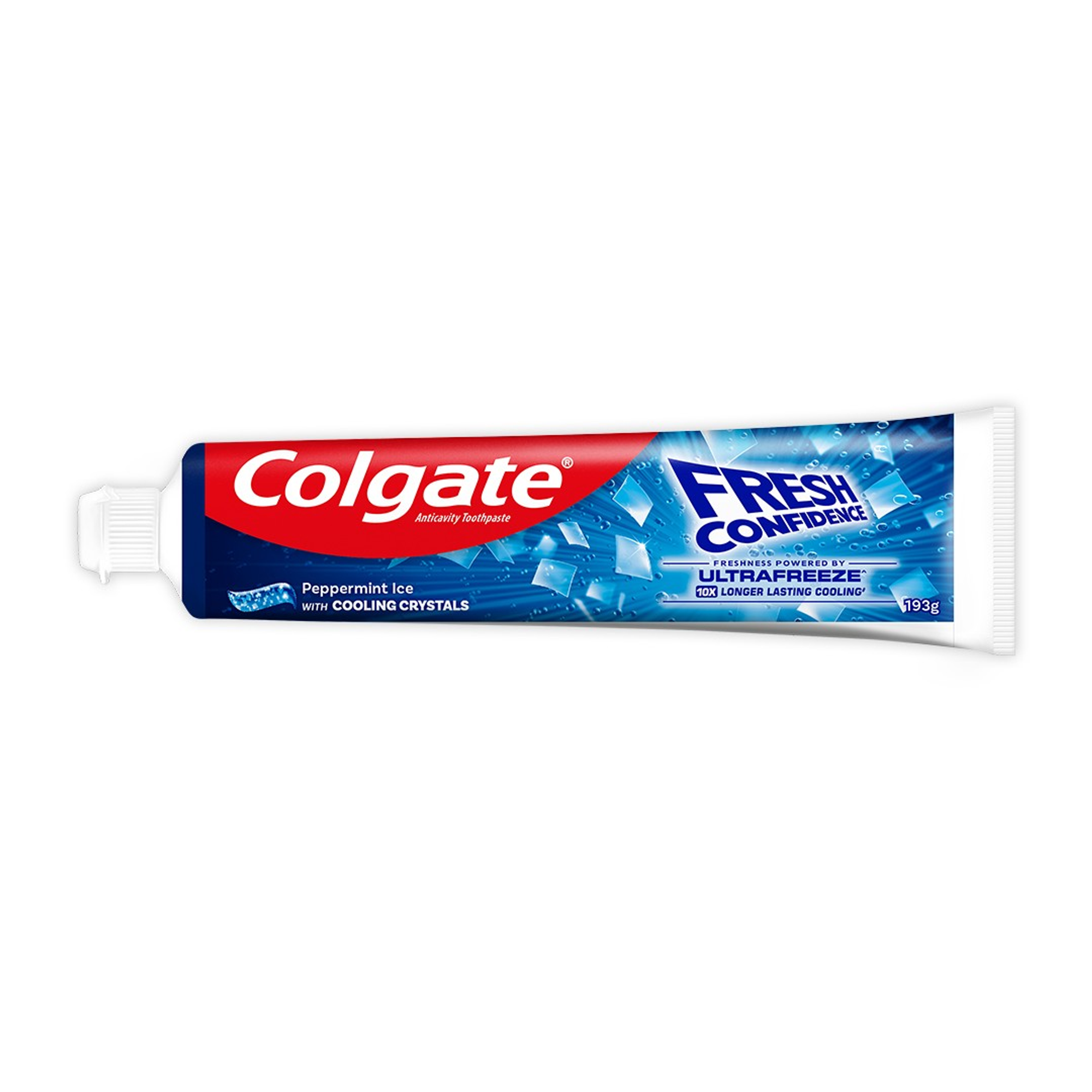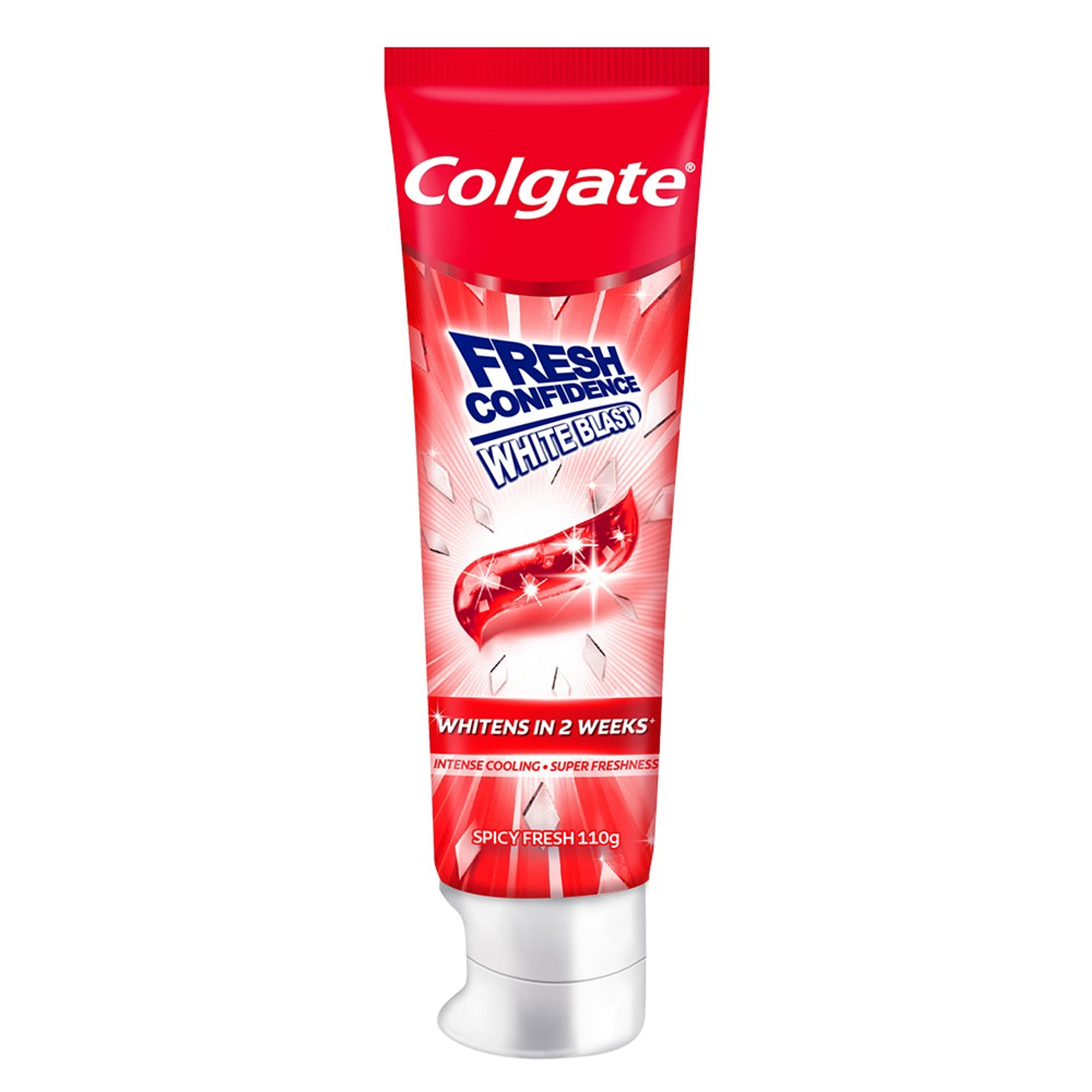-
-

ADULT ORTHODONTICS
Should You Use Mouthwash Before or After Brushing?Brushing and flossing are the foundation of a good oral hygiene routine, but mouthwash can also be a useful addition...

SELECTING DENTAL PRODUCTS
Soft Vs. Hard Toothbrush: Which One Should You Use?The toothbrush has come a long way. As the American Dental Association (ADA) notes...
-
Science & Innovation
- Oral Health and Dental Care | Colgate®
- Oral Health
- Post Nasal Drip and Bad Breath


Maybe you shouldn't have had that tapsilog with extra garlic rice. With all of that garlic, even your ka-barkada at the other street can smell your breath. Before you swear off garlic forever, consider whether your bad breath was caused by lunch or by something else.
At some point in their lives, most people have experienced bad breath, which is also known as halitosis. Most bad breath starts in the mouth, which contains millions of bacteria. When these bacteria come in contact with food debris, saliva or a post nasal drip, the result is foul-smelling breath. According to the Academy of General Dentistry (AGD), more than 80 million people are affected by this condition.
There are a variety of factors that can cause bad breath:
- Food, such as onions or garlic.
- Smoking.
- Poor oral hygiene.
- Dry mouth.
- Medical conditions.
A common cause of bad breath is post-nasal drip, which involves mucous secretions from your nose and throat. Click here to learn more about the causes and ways to prevent it. This will directly affect your breath because the secretions are an excellent food source for bacteria. If you suffer from sinusitis, which is an infection of the sinus cavity, the thick mucous that occurs from the condition drips back into your throat and contributes to bad breath.
Be wary of dairy products, too. Foods as milk, cheese and yogourt can cause mucous to thicken, which exacerbates post-nasal drip and congestion. The mucous can also produce a white or yellow film on the tongue. Post-nasal drip can make you feel as if there is something stuck in the back of you throat. You may feel that you need to constantly clear your throat.
Brushing your teeth three times a day and flossing once a day as well as cleaning your tongue can help in the fight against bad breath. Plaque is one of the main reasons for bad breath. This sticky film can harbour bacteria. Because your tongue is covered with thousands of tiny hairs that can also trap bacteria, gently brush your tongue with your toothbrush as well. You can also use a tongue scraper, which applies even pressure across the surface of the tongue area to remove bacteria or food debris. In addition, you may want to try using an anti-bacterial mouthwash, to reduce plaque and bacteria. Make sure to visit the dentist twice each year for cleanings because bacteria from plaque creates a bad odour in the mouth.
Lack of saliva can also lead to bad breath. Saliva cleanses the mouth and removes particles that can cause bad odours. If your mouth is dry, try drinking more water during the day, chew sugarless gum or suck sugarless lozenges to increase the flow of saliva.
If you smoke, try to kick the habit. Smoking, wreaks havoc with your breath, damages gum tissue, stains teeth and increases your risk of oral cancer. All those yosi breaks can add up to bad breath, so it would be good for your health, teeth and breath to quit.
Sometimes, bad breath can be a symptom of medical conditions such as allergies and sinus infections. Nasal washes can also be an effective treatment for post-nasal drip. In some cases, antibiotics might be required to treat a sinus infection. Utilizing these methods can help eliminate the cause of halitosis in order to keep your breath fresh and clean!
Related Articles



Some people, however, suffer with bad breath from dry mouth problems, which have little to do with poor hygiene. The good news is, you can take steps to identify and treat the problem, as well as prevent it from recurring.
Related Products

Helping dental professionals
More professionals across the world trust Colgate. Find resources, products, and information to give your patients a healthier future








